
Experience the Best of Portugal’s Traditional Tile Artistry. Portugal is famous for many things – its delicious food, beautiful beaches, stunning landscapes, and rich history. But one of the country’s most unique and beautiful cultural treasures is its tradition of azulejo tilemaking. Azulejos are beautiful, hand-painted ceramic tiles that adorn many buildings in Portugal. They are a unique form of art that has been perfected over centuries and is still highly valued today. In this article, we’ll explore the history of azulejo tilemaking in Portugal, how they are made, and their significance to Portuguese culture.
History of Azulejo Tilemaking in Portugal
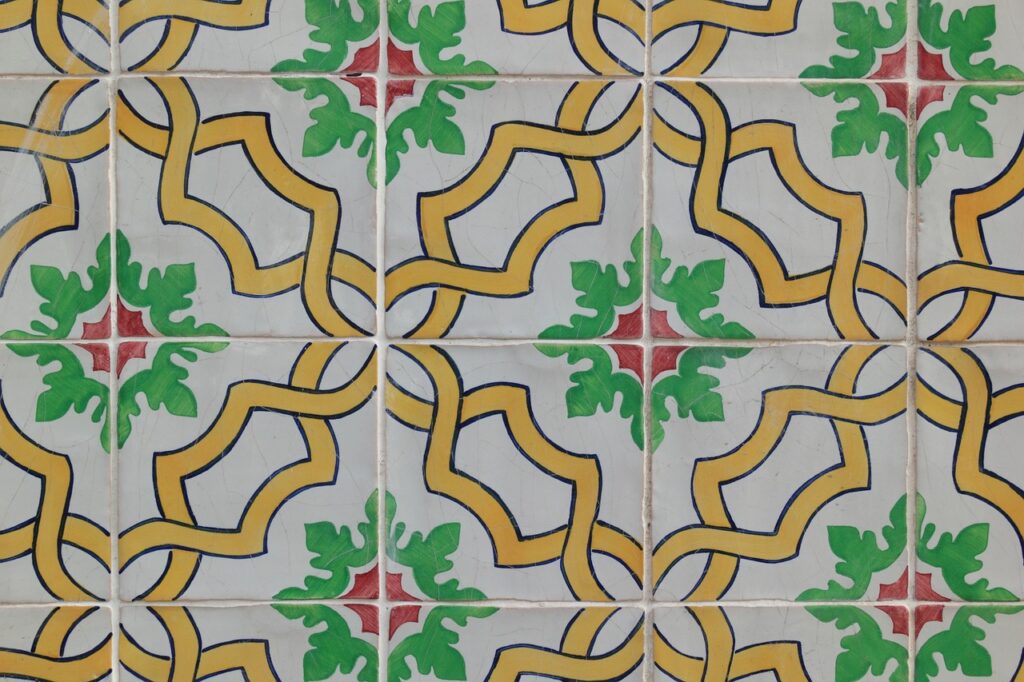
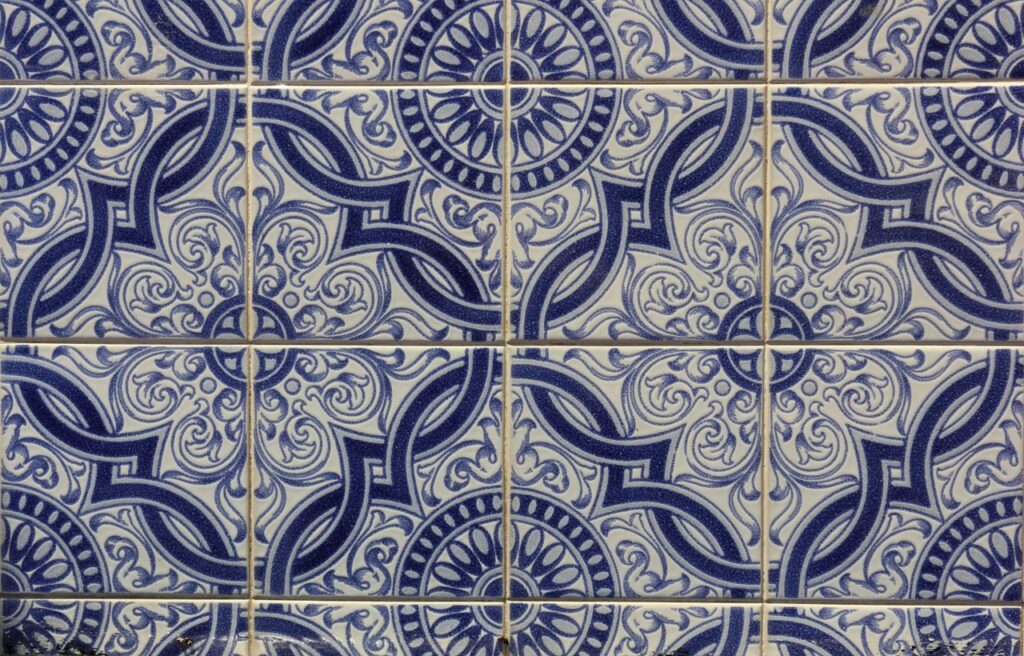
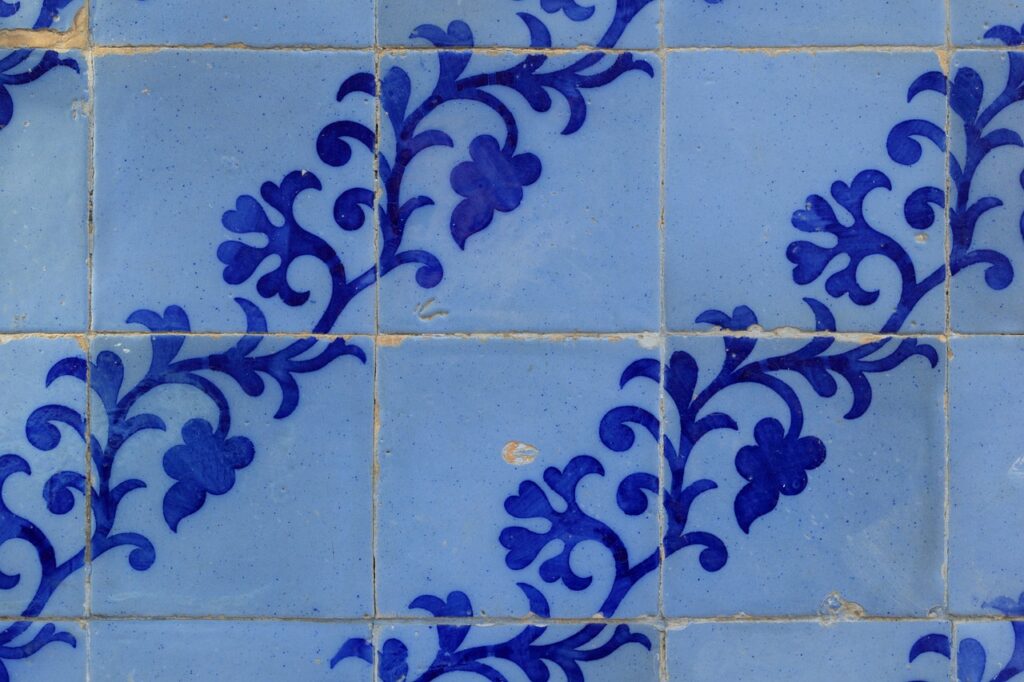
The tradition of azulejo tilemaking in Portugal dates back to the 15th century. During that period the Moors introduced the art of glazed tiles to the country. The tiles were initially used to decorate mosques and palaces. As the Portuguese began to colonize other parts of the world, they brought the tradition of azulejos with them. By the 16th century, azulejos had become popular in Portugal. Many churches, monasteries, and palaces began to use them to decorate their interiors and exteriors.
The 17th and 18th centuries saw a surge in the popularity of azulejos in Portugal. During this time, the country experienced an economic boom. Many wealthy families commissioned artists to create intricate azulejo murals for their homes. The murals often depicted historical and mythological scenes, and they were highly prized for their beauty and artistic value.
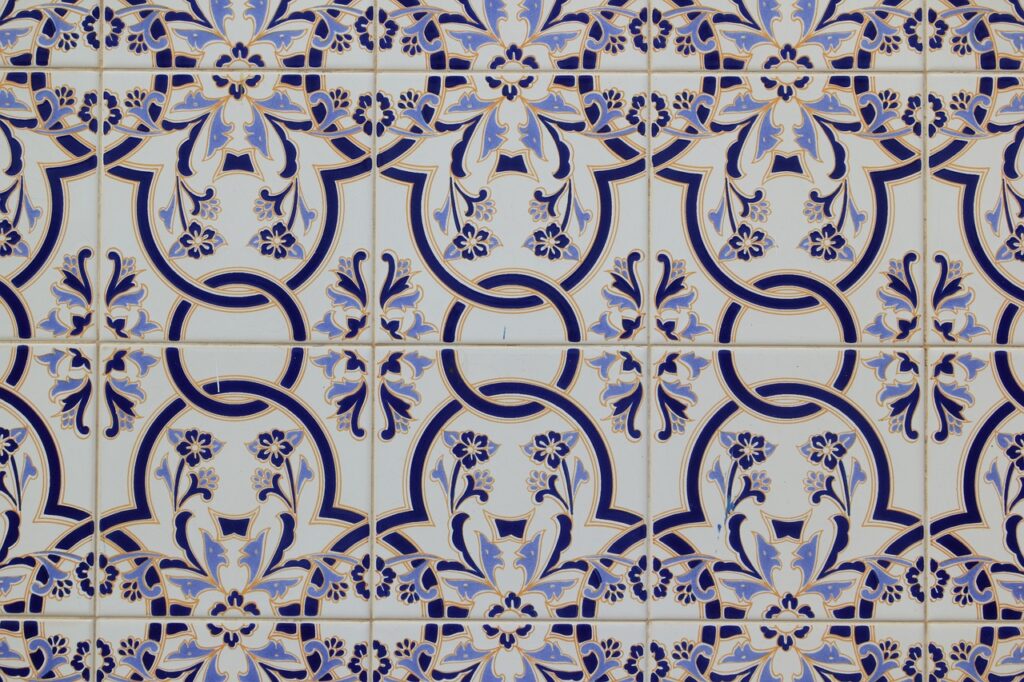
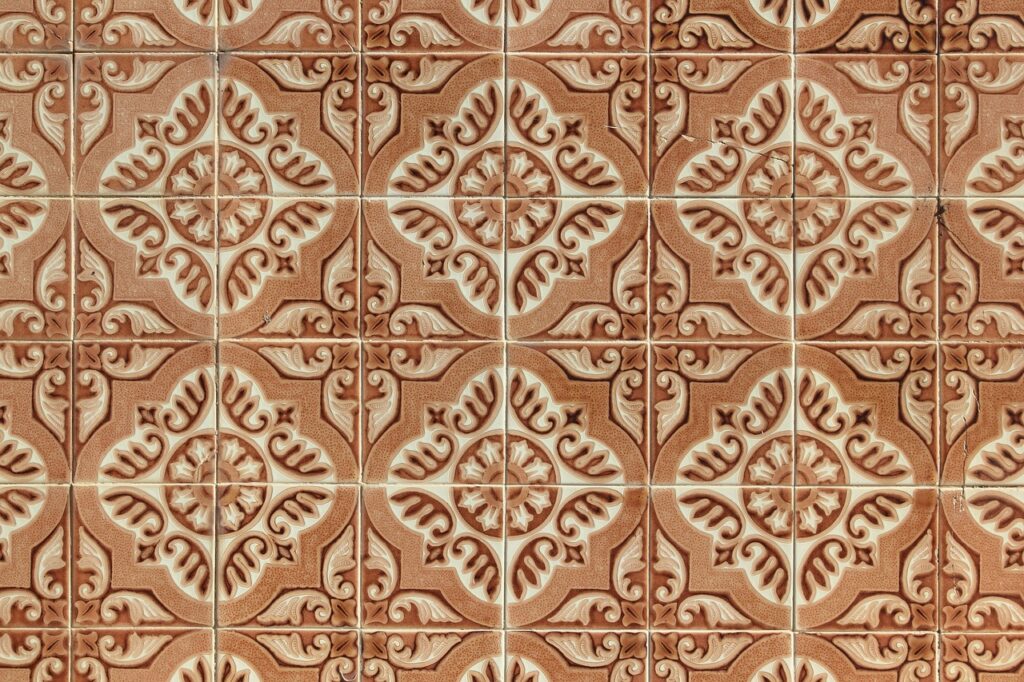

In the 19th century, azulejos were used extensively in the construction of public buildings. Such as train stations, hospitals, and government offices. Many of these buildings featured large, ornate murals that were designed to impress visitors and demonstrate the country’s artistic heritage.
Today, azulejos are still a prominent feature of Portuguese architecture. They are used to decorate everything from homes and businesses to public spaces and historical landmarks. The tiles have become a symbol of Portugal’s cultural identity. They are admired around the world for their beauty and unique artistic style.
Experience the Best of Portugal’s Traditional Tile Artistry



How Azulejos are Made

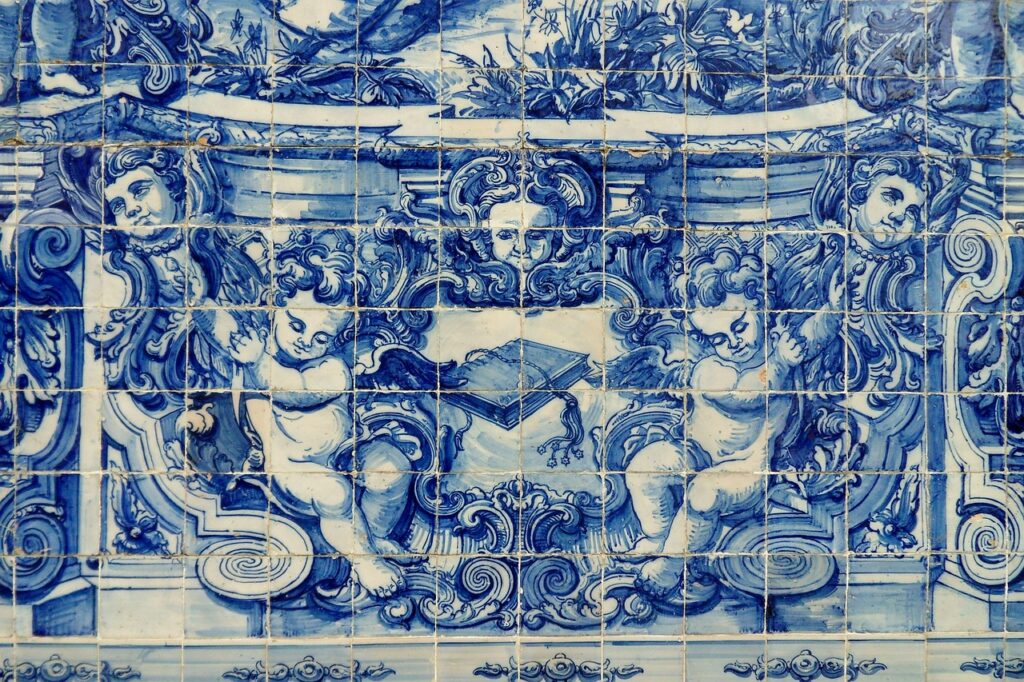
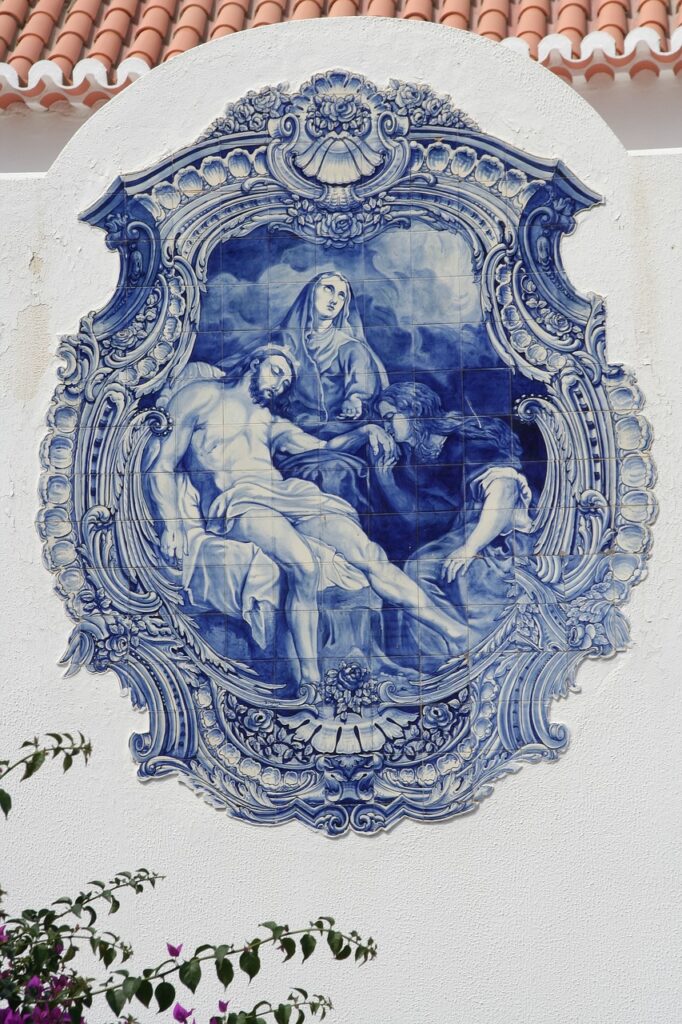
Azulejos are made from clay that is molded into flat, square tiles. The tiles are then fired in a kiln to harden them and make them durable. After the tiles have been fired, they are coated with a layer of white glaze. That serves as a base for the decorative painting of the tiles.
The next step is to paint the azulejos by hand. This is done using a variety of colored glazes that are applied in a series of layers. The artist must be skilled in the use of the glazes and must carefully control the firing process. Important to ensure that the colors remain true and the design is preserved.
The final step in the process is to fire the tiles a second time to set the glaze and preserve the design. The resulting tiles are durable and long-lasting, and they are able to withstand exposure to the elements and heavy use.
The tradition of azulejo tilemaking in Portugal is a unique and important part of the country’s cultural heritage. Experience the Best of Portugal’s Traditional Tile Artistry.
The Significance of Azulejos to Portuguese Culture

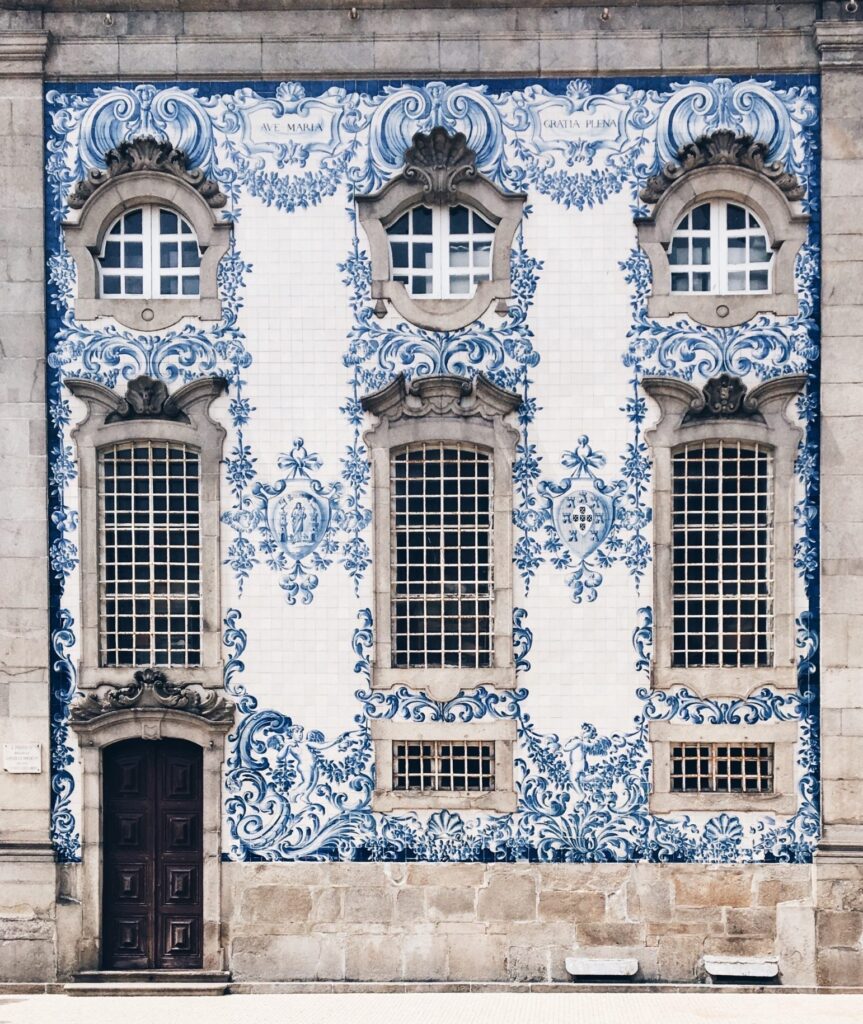

Azulejos are an important part of Portuguese culture and history. They have been used to decorate buildings in Portugal for centuries. They have become a symbol of the country’s cultural identity. The tiles are valued for their beauty, their durability, and their ability to preserve historical and cultural events.
Many of the azulejo murals that adorn buildings in Portugal depict scenes from the country’s history and mythology. These murals serve as a visual reminder of Portugal’s past. They are also important events and figures that have shaped the country. They help to preserve Portugal’s cultural heritage. Ensuring that future generations will be able to appreciate and learn from the country’s history.



In addition to their historical significance, azulejos are also valued for their artistic value. The tiles are often used to create intricate and beautiful designs that are unique to Portugal. The use of vibrant colors and intricate patterns makes them stand out and creates a visual impact that is hard to ignore. Many people travel to Portugal specifically to see the beautiful azulejo tiles and appreciate their artistic value.
Another important aspect of azulejos is their ability to serve a practical purpose in addition to their decorative function. The tiles are often used to protect buildings from the elements. There as they are able to withstand exposure to wind, rain, and sun. This makes them an important part of Portuguese architecture and building design, as they provide both beauty and durability.
Modern day
In recent years, there has been a renewed interest in azulejos, both in Portugal and around the world. Many artists and designers have begun to incorporate azulejos into their work. They are creating new and innovative designs that pay homage to the traditional style while also incorporating modern elements. This has helped to keep the tradition of azulejo tilemaking alive. It will also ensure that it will continue to be appreciated and valued for generations to come.
Conclusion
The tradition of azulejo tilemaking in Portugal is a unique and important part of the country’s cultural heritage. For centuries, these beautiful tiles have adorned buildings throughout Portugal, serving both a practical purpose and a decorative function. The intricate designs and vibrant colors of the tiles are a testament to the skill and artistry. They serve as a visual reminder of the country’s history and cultural identity.
Today, azulejos continue to be highly valued and appreciated both in Portugal and around the world. They are a source of inspiration for artists and designers, and they serve as a symbol of Portugal’s cultural heritage. The tradition of azulejo tilemaking continues to evolve and adapt to modern times. It is clear that these beautiful tiles will continue to hold a special place in the hearts of the Portuguese people. As well all those who appreciate their beauty and artistic value. The tradition of azulejo tilemaking in Portugal is a unique and important part of the country’s cultural heritage.
For more articles about Portugal, please visit and comment on my website: https://jorgedsilva.com


I am glad to be one of several visitors on this outstanding internet site (:, thankyou for posting.